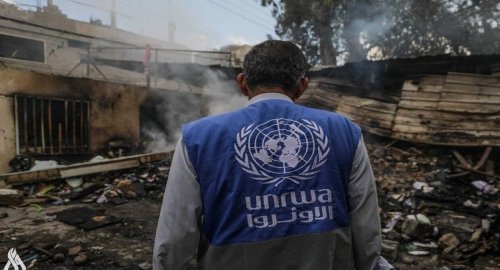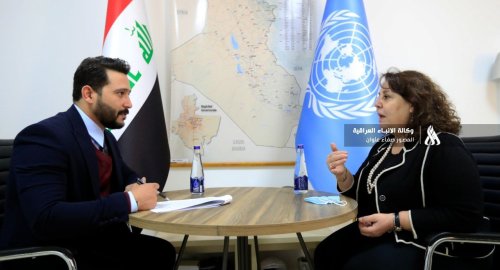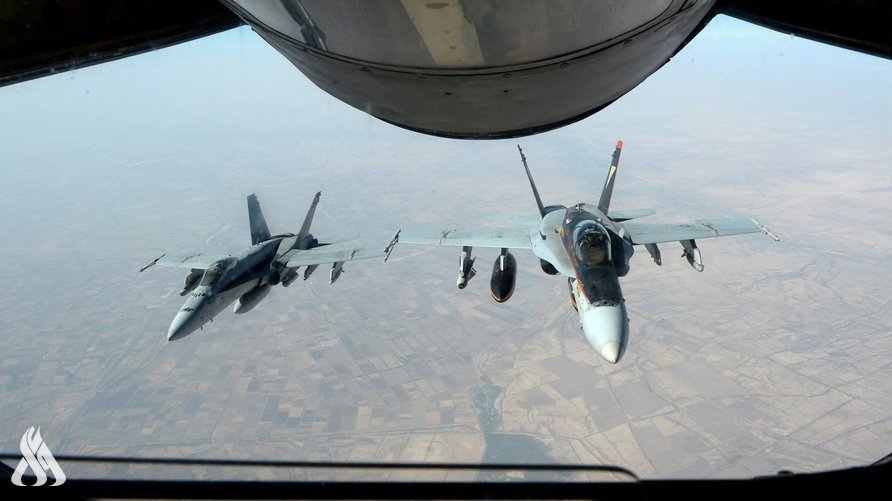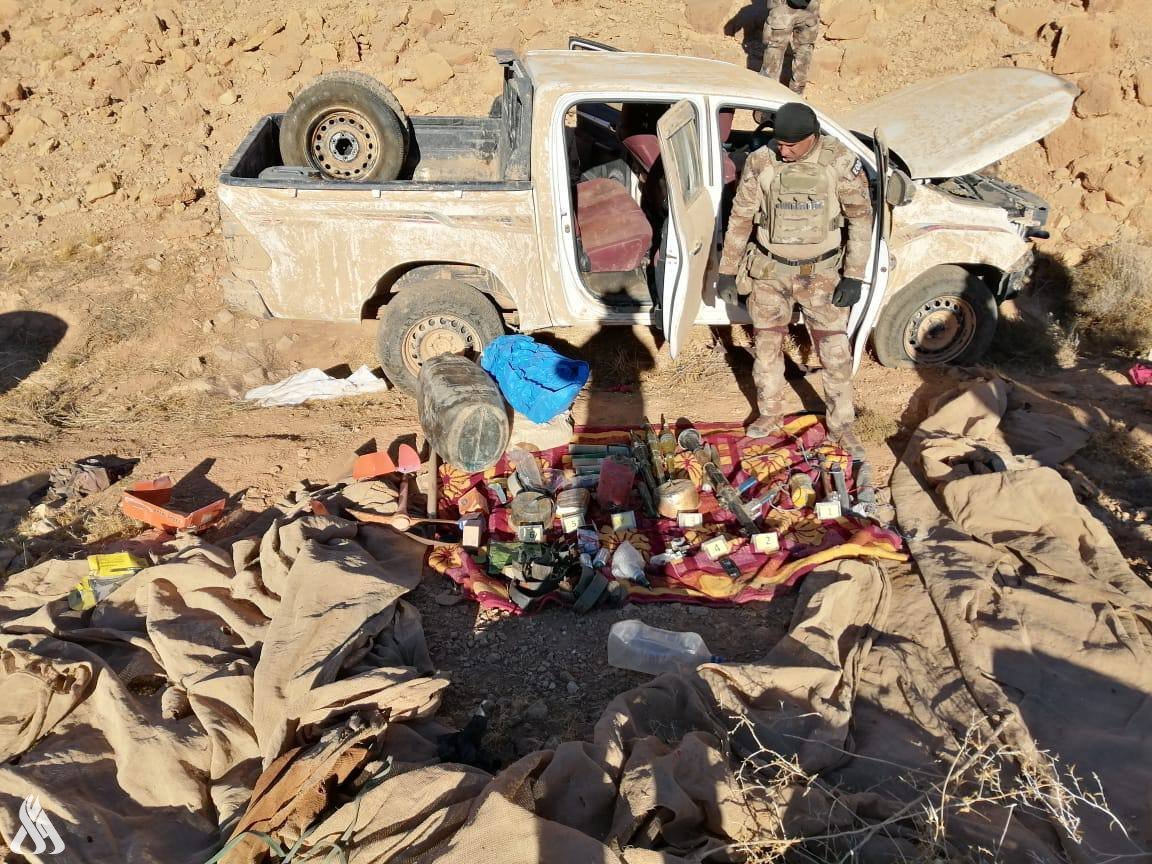
The people of the Gaza Strip are in constant displacement, without shelter and in fear of the danger of unexploded ordnance

- 6-07-2024, 10:38
INA-sources
Humanitarian workers reported continued bombing throughout the night in Gaza, where tens of thousands of people displaced from their homes in response to the Zionist Entity evacuation orders were forced to return after finding no place to shelter.
The United Nations Relief and Works Agency for Palestine Refugees (UNRWA) stated According to UN News, “thousands are taking refuge in UNRWA schools... and government buildings,” adding that others “have already begun to return due to the lack of places in other areas.”
UNRWA also repeated its warnings that living conditions have become “unbearable” due to... Mountains of waste and rubbish accumulated along roads and near temporary shelters.
UNRWA indicated that an estimated 85,000 people left the Shujaiya area east of Gaza City in the northern Strip during the past week, while the latest data indicate that by last Tuesday, at least 66,700 more people had been displaced from the area. East of Khan Yunis and Rafah in the south, following new evacuation orders issued Monday evening.
According to UNRWA, thousands of families are currently living “in the shells of destroyed buildings or among piles of rubbish,” and the agency renewed World Health Organization warnings of an increase in infectious diseases including diarrhea and hepatitis, especially among malnourished children and those with weakened immune systems. .
UNRWA stressed that military action in the Khan Yunis area could further obstruct people’s access to safe drinking water at a time when the lack of sanitation contributes significantly to the spread of diseases.
In addition to the dangers resulting from the ongoing Israeli bombing at night, the residents of Gaza face The danger of unexploded ordnance. According to the United Nations Office for the Coordination of Humanitarian Affairs (OCHA), a nine-year-old girl was killed and three others were injured when an explosive device exploded in Khan Yunis on Saturday, June 29.
“Unexploded ordnance poses a huge threat to people, with families forced to move to areas that have been bombed or have previously been the scene of intense fighting,” OCHA said.
United Nations experts in the field of mine action had previously indicated that about 10% of the munitions fired during the conflict are expected not to explode. UNRWA warned that this represents a fatal danger to civilians, especially many children, who spend “six to eight hours a day collecting water and food, often carrying heavy weights and walking long distances.”
In order to assist the most vulnerable people in Gaza, UNRWA continued to distribute water, food and other essential non-food items with the help of other partners.
But the scale of needs is still huge after new evacuation orders were issued Monday night to the east of Khan Yunis and Rafah, an area that covers about a third of the total area of the Strip. The latest evacuation orders are the largest since October.
The agency said: “UNRWA continues to provide water, food parcels, flour, diapers, mattresses, tarpaulins and health care, but it has become almost impossible for the United Nations to provide any kind of response due to the blockade imposed by the Zionist entity, the scarcity of fuel, the lack of humanitarian aid, insecurity, the collapse of law and order and the increase in criminality.” And now more evacuation orders. “All these things again affect our safety in moving and arriving at the border crossing to receive aid.”
The latest data from Gaza health authorities indicate that nearly 38,000 people have been killed in the Strip and more than 87,000 others have been injured since the outbreak of war on October 7.
Source: UNA
First joint picture of Greenland Ice Sheet melting, ESA
- Multimedia
- 09:28
US Central Command: We killed ISIS terrorist leader Abu Yusuf in Syria
- International
- 24/12/20
Liverpool compete with Real Madrid to sign Olympique Lyonnais star
- Security
- 24/12/19
ISC, ADX discuss Strengthening Economic Ties
- Economy
- 24/12/16
Iraq assumes presidency of Arab Investment Company’s Executive Board
- Economy
- 24/12/17












